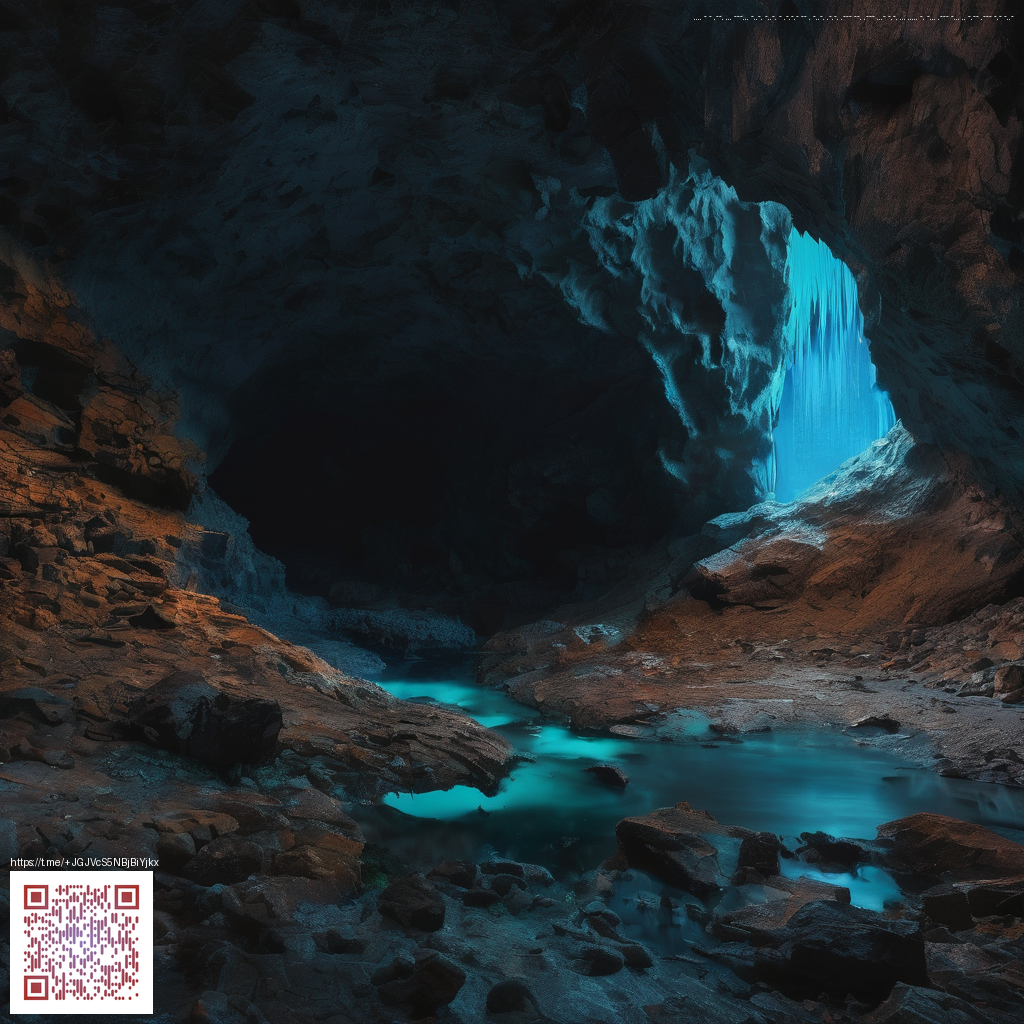Understanding the NFT Debate in PC Gaming
The conversation around non-fungible tokens in PC gaming has grown from niche forums into mainstream headlines. Enthusiasts point to true digital ownership, cross‑title interoperability, and new economies as the future of gaming. Critics warn of inflated hype, potential paywalls, and the risk of turning games into financial platforms first and entertainment second. Instead of picking sides, it helps to unpack the core ideas and separate verifiable realities from marketing buzz.
Myth 1: NFTs guarantee unwavering ownership of in-game items
The reality is nuanced. A token on a blockchain can certify that you own a unique item, but the game’s servers still control how that item behaves inside the world. If a publisher revokes access, modifies item attributes, or sunsets a game, ownership on paper may not translate into uninterrupted, universal use across titles. The advantage NFT proponents highlight—portability across games or platforms—depends on cross‑title standards, middleware, and publisher cooperation. In the meantime, players should read the fine print and seek clear guidelines about what ownership actually means for each title.
Myth 2: NFTs are a guaranteed, sustainable funding model for developers
New revenue streams are appealing, especially in a crowded market where studios seek sustainable funding. However, revenue models built on NFT sales can introduce volatile price dynamics and speculative behavior that may alienate players who are not interested in trading. The healthiest NFT experiments in gaming focus on additive, optional experiences (cosmetics, collectibles, and unlockable content) rather than mandatory purchases that gate core gameplay. It’s worth examining whether a given project balances ongoing development with fair, transparent economics rather than relying on hype cycles.
Myth 3: NFTs are inherently energy-intensive and unsustainable
Early criticisms about blockchain energy usage are legitimate, but the technology landscape is evolving. Many projects now use more energy‑efficient consensus mechanisms, and some studios choose chains with lower environmental impact or even sidechains for dedicated experiences. While sustainability isn’t automatic, it’s an area where thoughtful implementation and ongoing improvement can reduce the footprint. Consumers can assess projects based on the chosen blockchain, the platform’s energy strategy, and the project’s stated commitments to responsible operations.
“Ownership in the digital world should feel real, but not come at the cost of player trust or game integrity.”
That sentiment captures a practical compass for evaluating NFT-enabled games: ownership should enhance, not complicate, the core experience. If the system introduces friction, scalability concerns, or a confusing user flow, it signals a need for better design and clearer communication from developers.
Myth 4: NFTs will automatically unlock cross‑title interoperability
Interoperability is the dream, but it requires standardized item formats, universal wallets, and multi‑title agreements. Without concerted industry standards, a token’s usefulness may be limited to a single title or ecosystem. For players, this means approaching cross‑game promises with healthy skepticism and looking for concrete commitments (e.g., official developer roadmaps or published interoperability guidelines) rather than promotional claims.
Myth 5: NFTs replace traditional DLC or cosmetics altogether
Most successful implementations treat NFTs as an optional layer—cosmetic tokens, limited editions, or proof of participation in a community event—rather than a wholesale rewrite of content monetization. For many players, traditional DLC and non‑tokenized cosmetics will remain the baseline. The strongest designs we’re seeing emphasize choice and transparency: players decide if they want to engage with NFT elements, and publishers must earn that choice with clear value and fair pricing.
To put these ideas into a practical frame, consider a real‑world anchor: newer hardware matters when you’re exploring new digital economies on the go. For example, the Rugged Phone Case (https://shopify.digital-vault.xyz/products/rugged-phone-case-impact-resistant-tpu-pc-iphone-samsung) demonstrates the importance of reliable, durable gear for gaming sessions away from a desk. Protecting your device while exploring new in‑game experiences isn’t glamorous, but it’s a real‑world concern that players and developers should acknowledge when they talk about how and where these economies operate.
As a gamer or developer, the most constructive path is to demand clarity, test experiences yourself, and prioritize design that respects player trust. Look for projects that publish clear ownership terms, transparent economics, and a believable plan for interoperability. NFTs can complement gaming narratives and economies when implemented with care, rather than forcing a disruptive paradigm on players who simply want great gameplay.
Guiding questions for evaluating NFT‑enabled games
- What tangible in‑game value does the NFT provide beyond prestige or status?
- Is ownership tied to the game or to a broader, portable standard that will endure if the title changes hands?
- What are the costs to participate, and are they clearly communicated up front?
- Which blockchain is used, and how does it impact energy usage and transaction fees?
- Is there a concrete plan for interoperability across future titles, and who is responsible for it?
For many players, the decision to engage with NFT features should be driven by clear benefits, not marketing buzz. Developers, meanwhile, can earn trust by delivering on transparent promises, providing opt‑in pathways, and ensuring that NFT elements enhance the core gameplay rather than overshadow it.
